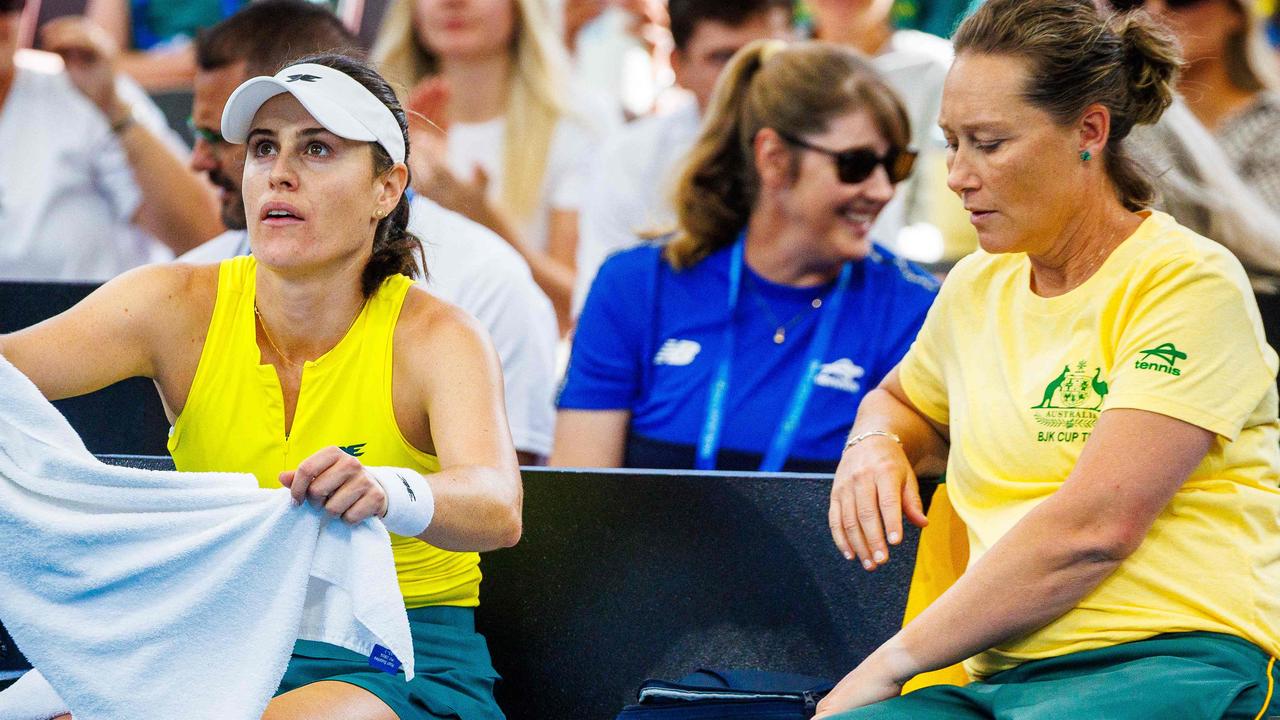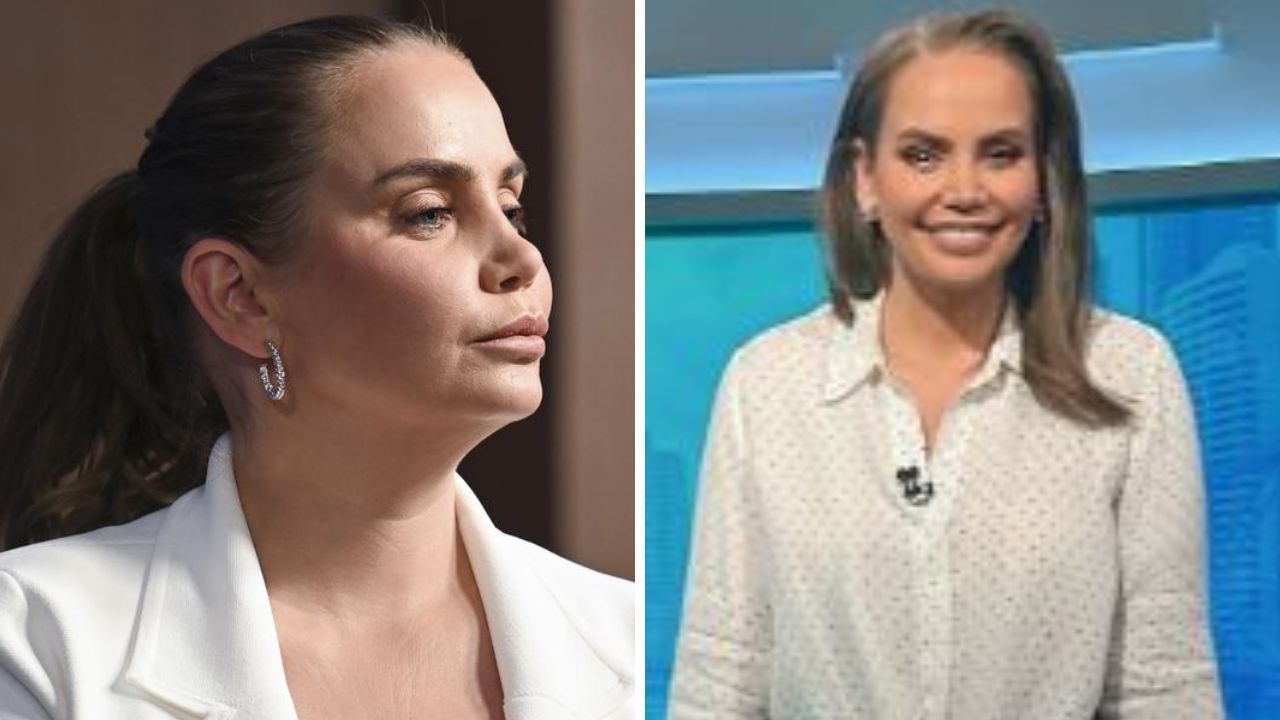The wait continues for challengers to the Big Four of tennis
A decade after the reign of the “Big Four” was supposedly at the end all eight majors in 2017 and 2018 were won by it. Is there a change in sight?
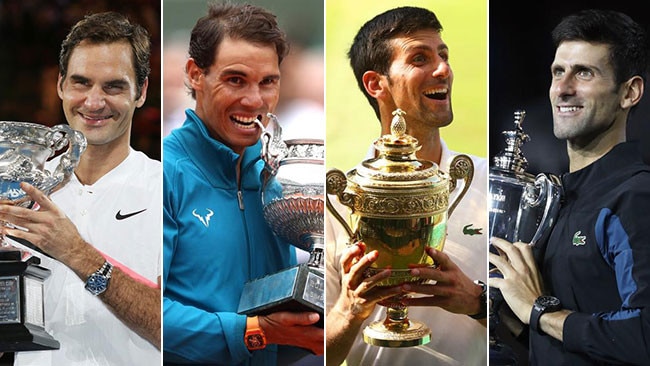
Tennis
Don't miss out on the headlines from Tennis. Followed categories will be added to My News.
For the best part of a decade, the tennis barbarians have massed at the grand slam gates, primed to lead the sport’s revolution.
Gleaming new “kings” have repeatedly laid siege to the rulership of Roger Federer, Rafael Nadal, Novak Djokovic and Andy Murray.
Yet little, if nothing at all, has changed.
KOOYONG CLASSIC: Will tennis bad boys finally face off?
SERENDIPITY: How ordering coffee changed Millman’s life
In 2008, when the Wimbledon men’s singles final — all 4hr 48min of it — stood not only as the greatest contest between Federer and Nadal, but also arguably the best of all-time, speculation raged over the timing of an eventual challenger to the pair.
Murray’s emergence and Djokovic’s consolidation meant there were more authentic contenders — and serious opposition for Federer and Nadal.
But, save for Stan Wawrinka’s trio of titles and Marin Cilic’s US Open breakthrough, the wait goes on.
In 2017 and ’18, a decade after the “Big Four’s” reign was supposedly imperilled, all eight majors fell to it.
Federer won three (two Australian crowns and a Wimbledon title), Nadal matched that with two French Open triumphs and US Open success before Djokovic chimed in with victory at Wimbledon and the US Open last season.
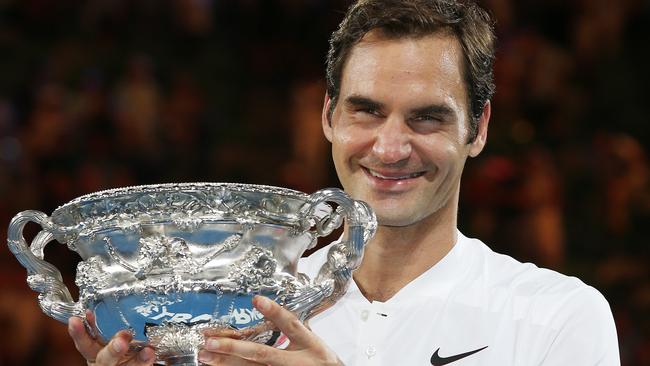
The most significant change has been the injury-enforced decline of Murray.
Crocked by hip soreness, and subsequent surgery, Murray has not won a major since 2016 at Wimbledon.
Now 31, he has missed four of the past five grand slam events.
Whatever befalls the Scot, who retains a searing ambition, the incumbents will not be easily shifted.
In the seasons since Nick Kyrgios, Milos Raonic, Grigor Dimitrov, Kei Nishikori and Richard Gasquet — all quality performers — were trumpeted as vanguard members of the “Next Gen”, the old guard has continued to dominate.
Injury has cruelled the effectiveness of all four over the past few seasons with Federer (knee), Djokovic (elbow), Nadal (wrist, knee and ankle) and Murray (hip) taking time off to recover.
With the Australian Open starting in little more than a week, TAB markets starkly illustrate how 30-something is the domain of the best.
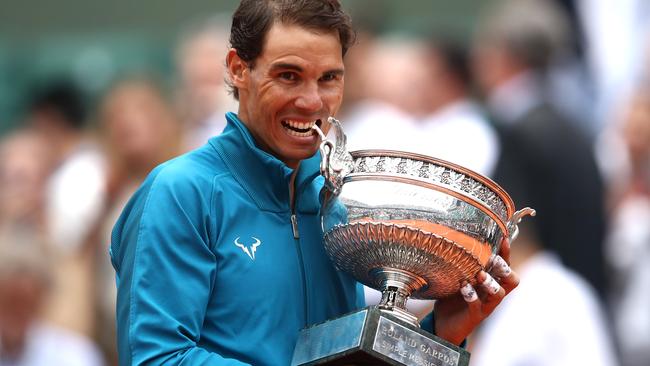
Federer is 37, Nadal is 32 and Djokovic and Murray — born a week apart — are 31.
An alternative view is that the foursome was always the best and still is.
In the 56 majors contested since the 2005 Australian Open, the Big Four has snaffled 50.
From 2005-14, they claimed 34 of the 36 majors.
Since 2016 and the end of last season, the strike rate was maintained with 11 of 12.
Only Stan Wawrinka (2014 Australian, ’15 French and ’16 US), Juan Martin del Potro (’09 US), Marat Safin (’05 Australian) and Marin Cilic (’14 US) have broken the hegemony from 2005 to now.
With 20 majors, Federer is the most prolific of the group.
Nadal (17), Djokovic (14) and Murray (three) have not only shared the limelight during one of tennis’ most celebrated eras, they have often scrapped for the sport’s most treasured spoils.
The length of the group’s rivalry is staggering.
Bjorn Borg was 25 and John McEnroe was only 22 when the pair faced off for the last time in 1981.
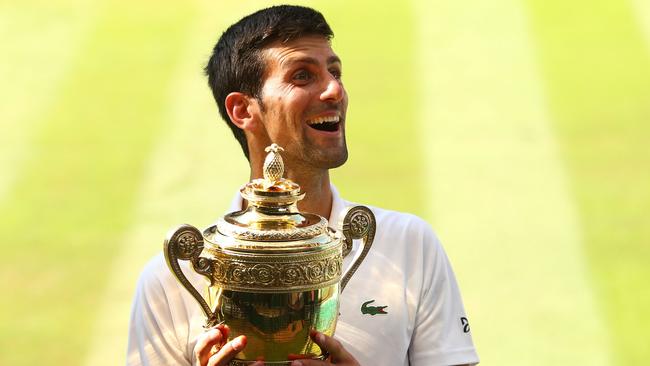
Pete Sampras was 31 when he played Andre Agassi, 32, for the final time in 2002.
In his 38th year, Federer is chasing a record-breaking seventh Australian trophy.
In his 33rd year, Nadal will chase a 12th French Open and 18th major.
While Murray’s best is likely to materialise during the British grass court season and beyond, Djokovic stands atop the world rankings after a remarkable comeback.
After overcoming early-season miseries, the Serb closed out 2018 in a blaze with 35 wins from 38 matches and four titles, including Wimbledon and the US Open.
The only glitch in an otherwise near flawless renaissance was defeat in the ATP Tour Finals in London to Alexander Zverev, the mercurial young German.
As prodigious as the youthful contenders are, facts underline how little has changed.
Last year’s season-ending’s top 10 included seven players 30 or over.
Of the active grand slam winners on tour, there are none who are aged under 30.
Kevin Anderson, who contested the Wimbledon final, is 32. The man he beat to the decider — American John Isner — is 33.
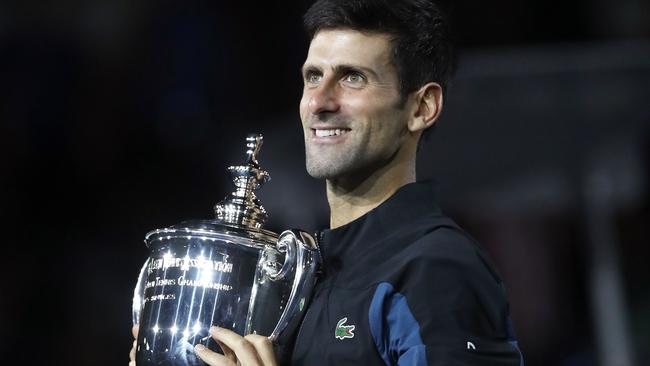
While Zverev and Dominic Thiem are established in the elite, question marks remain over so many of the touted.
Each season throws up a new member of the Next Gen — Kyrgios, Stefanos Tsitsipas, Karen Khachanov, Hyeon Chung, Alex de Minaur, Borna Coric and Denis Shapovalov.
But with Wawrinka, Jo Wilfried Tsonga, Cilic, Anderson and company still capable of holding sway, the Big Four is buttressed on another flank.
The essence of their durability sits between freakish gifts and circumstance.
Nadal summed it up perfectly.
“There are two options to explain the fact that three players are dominating the circuit for so many years,” Nadal said.
“Either we have been special, or the emerging players have not been special enough. I cannot say which is correct.”

